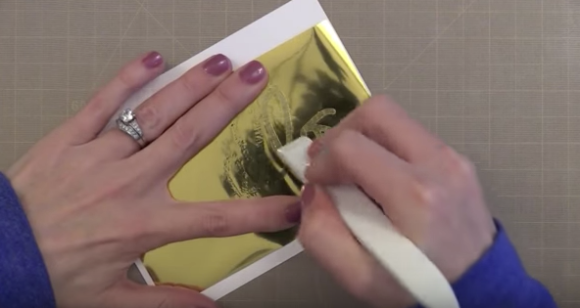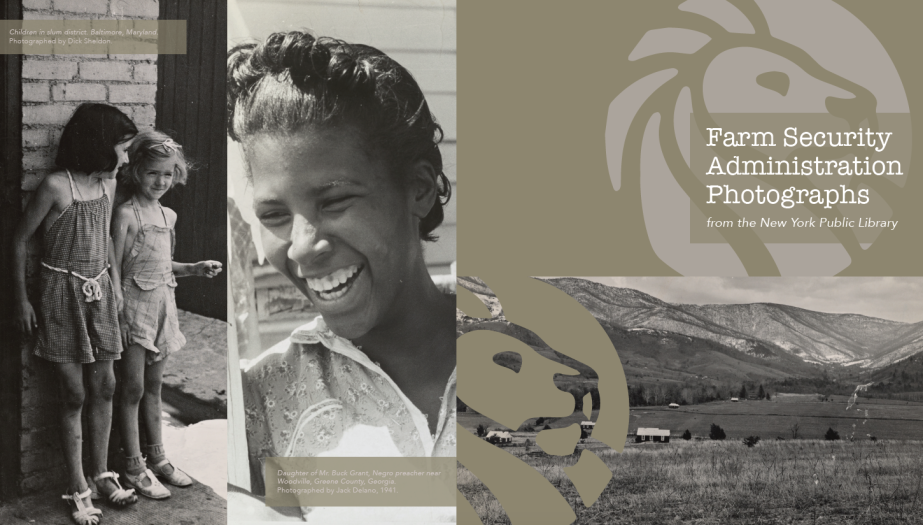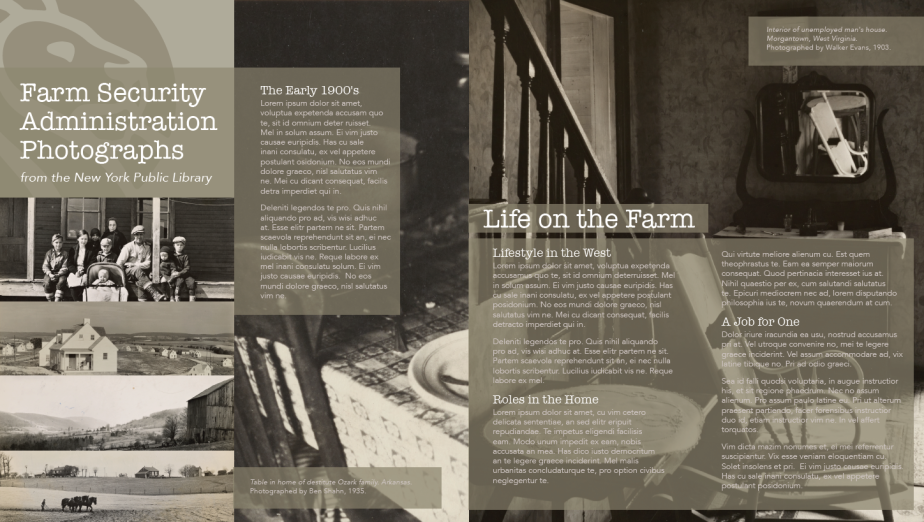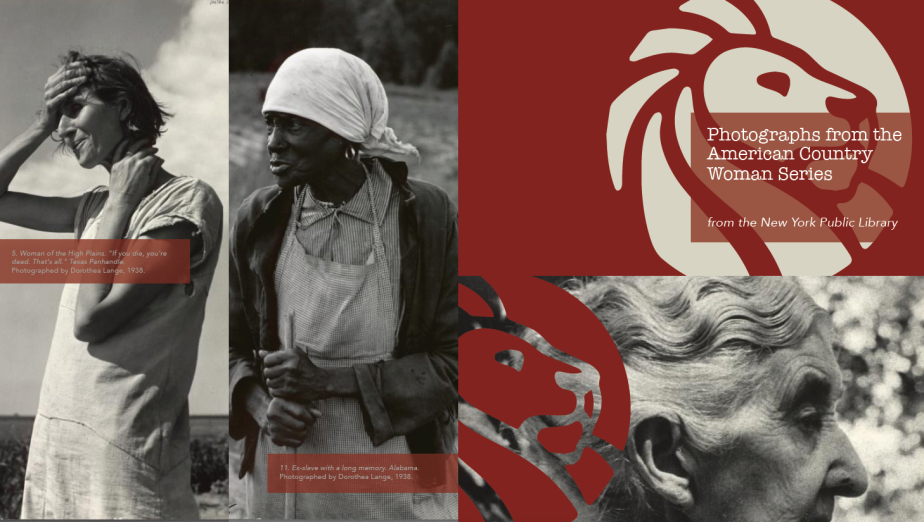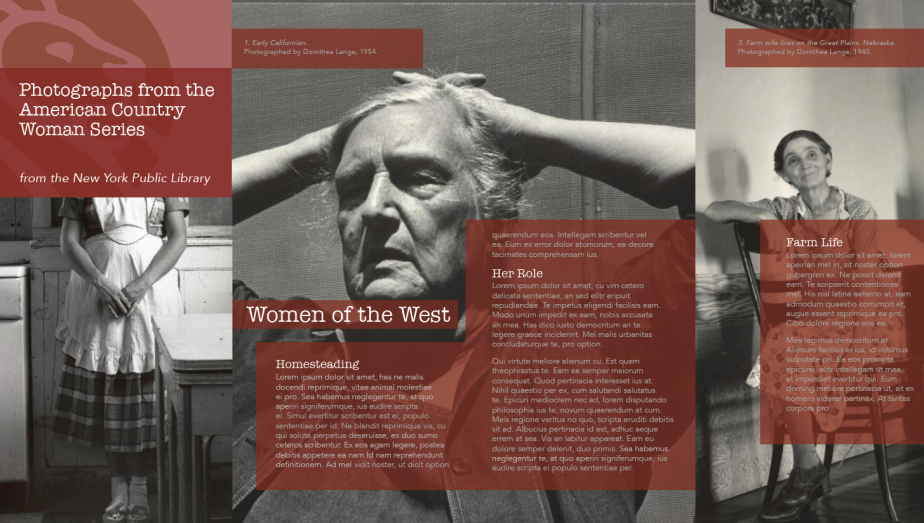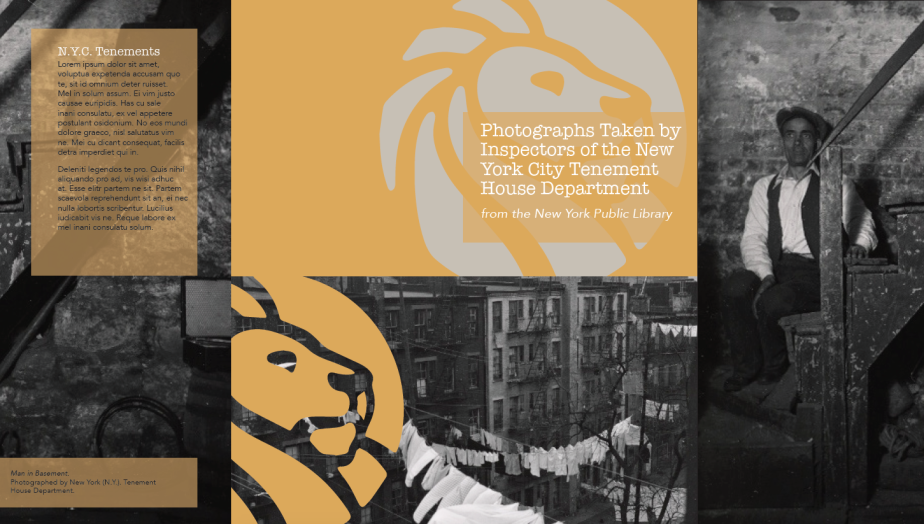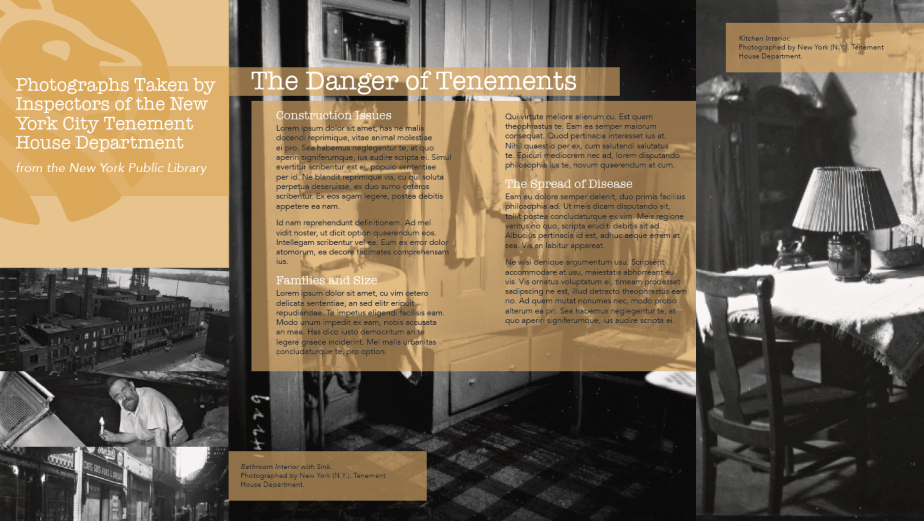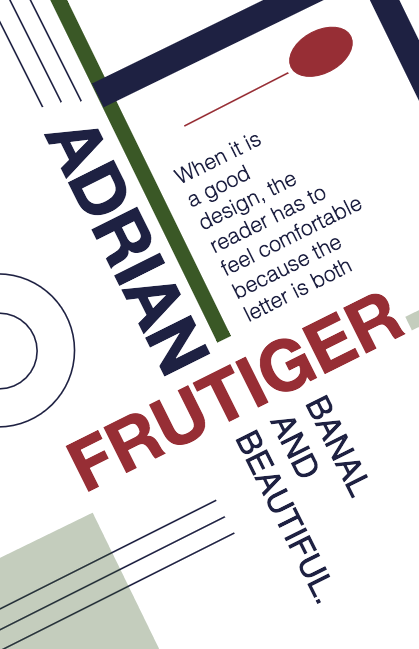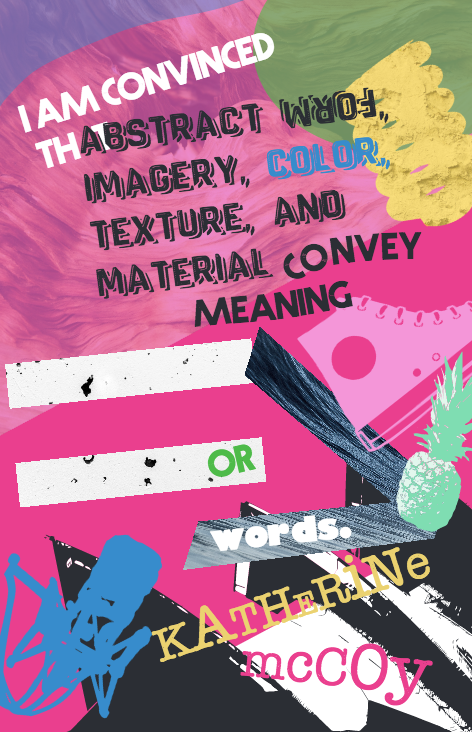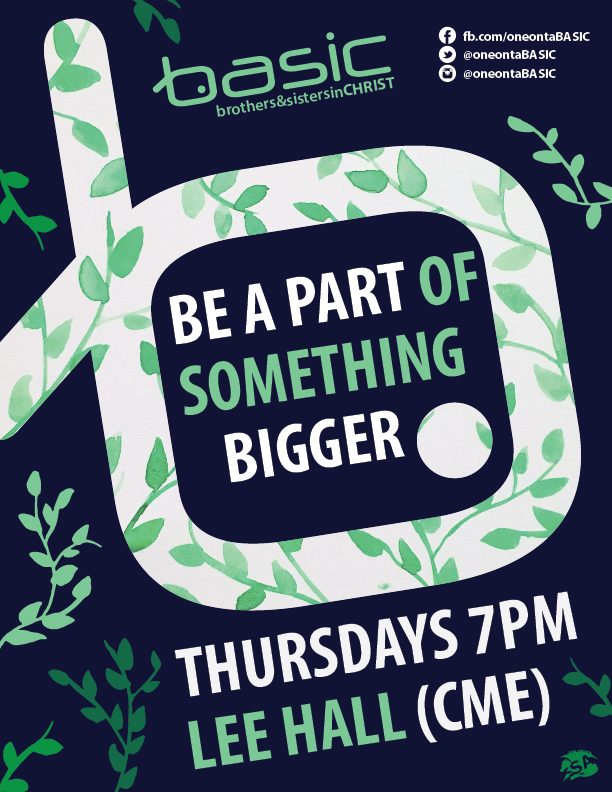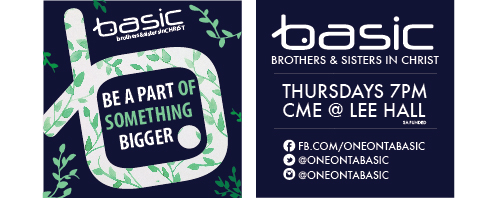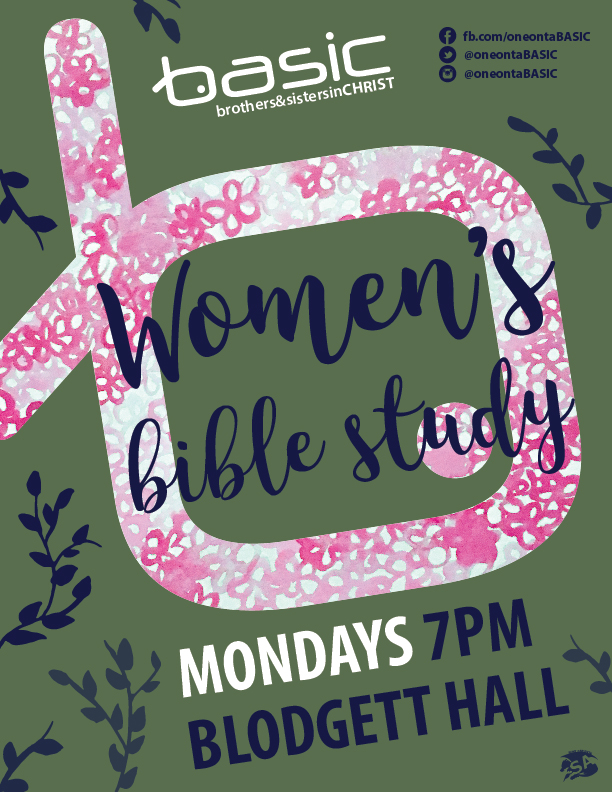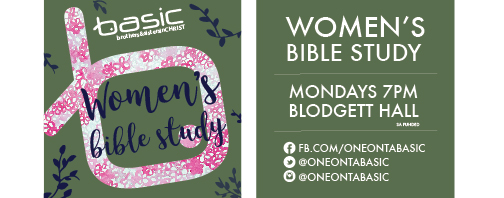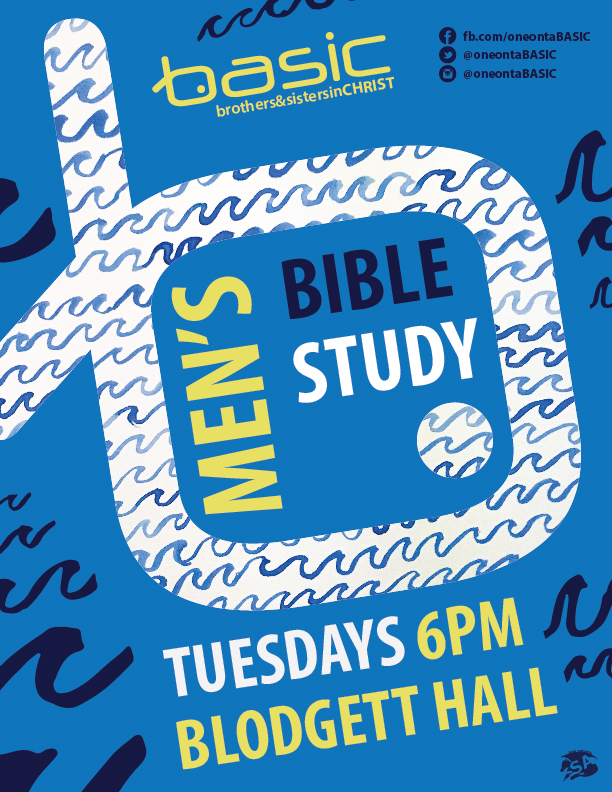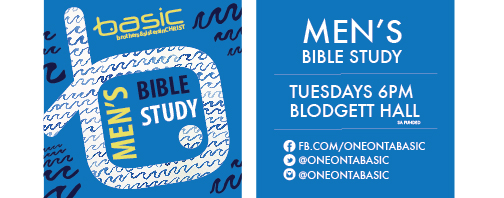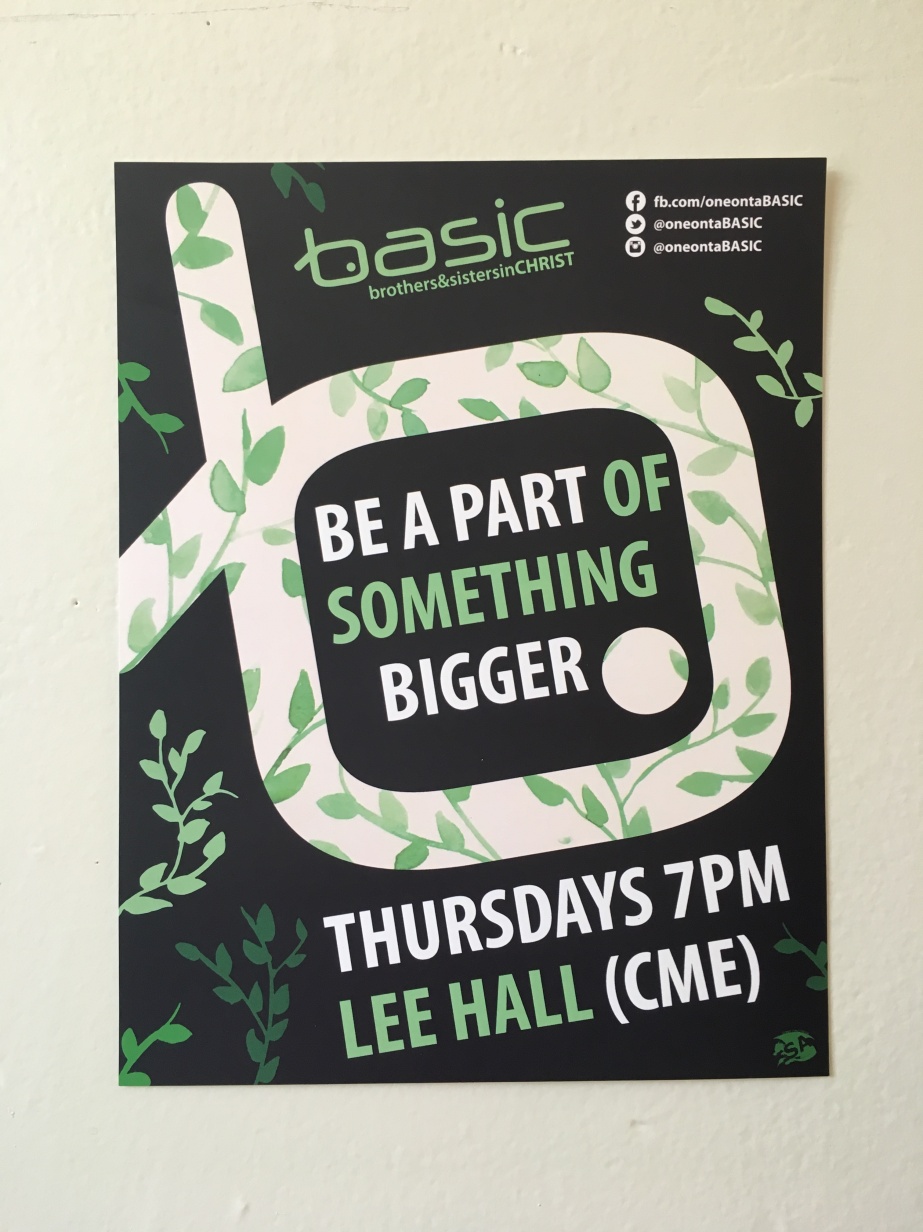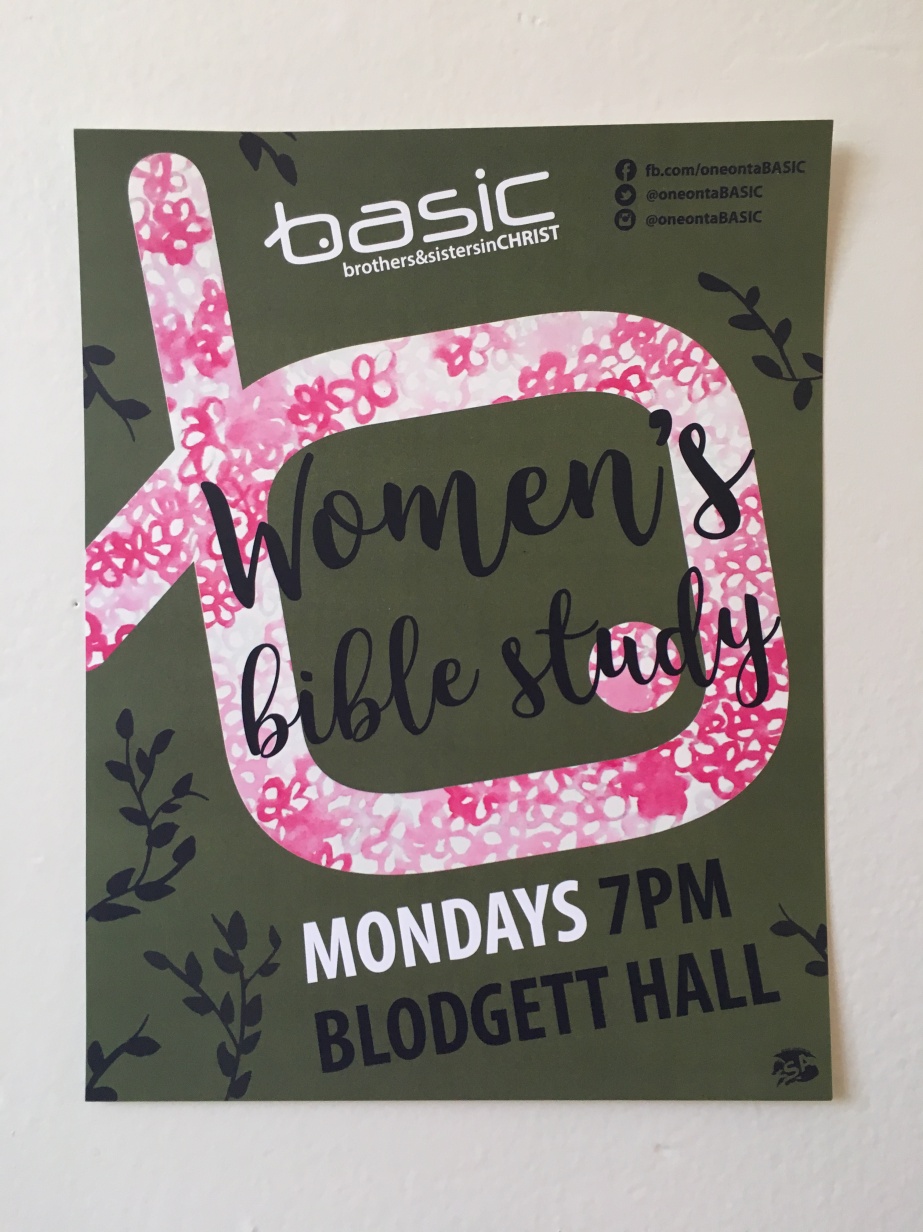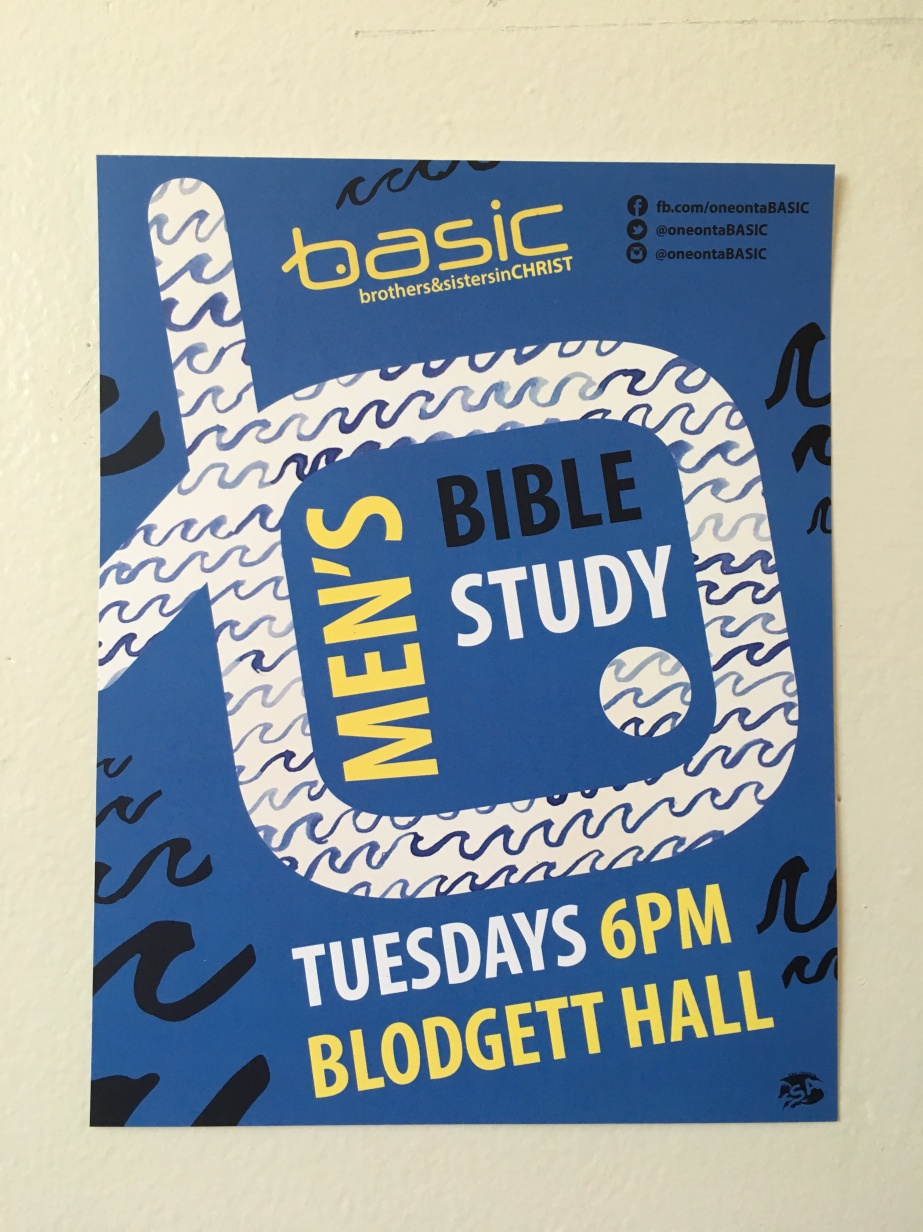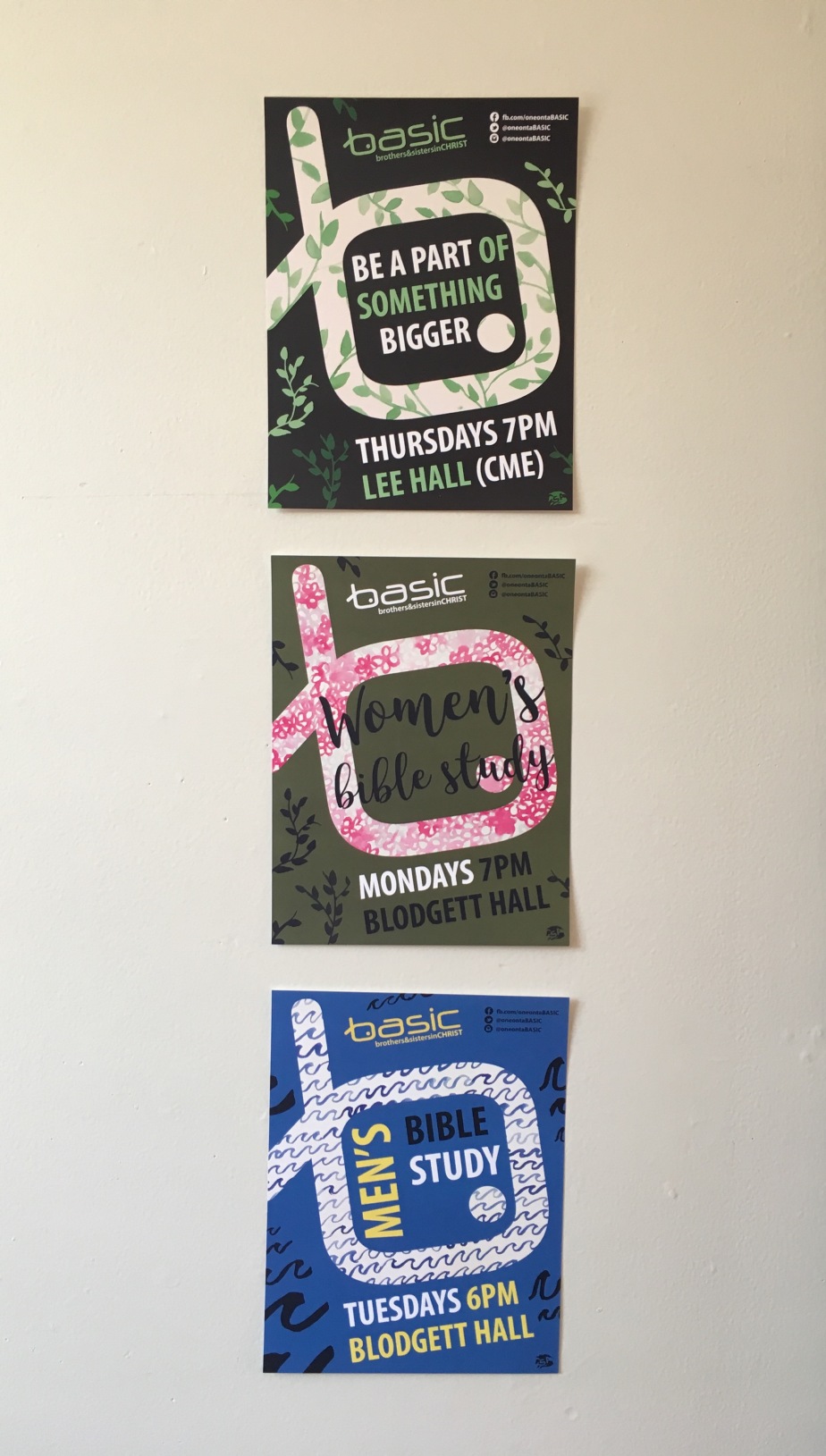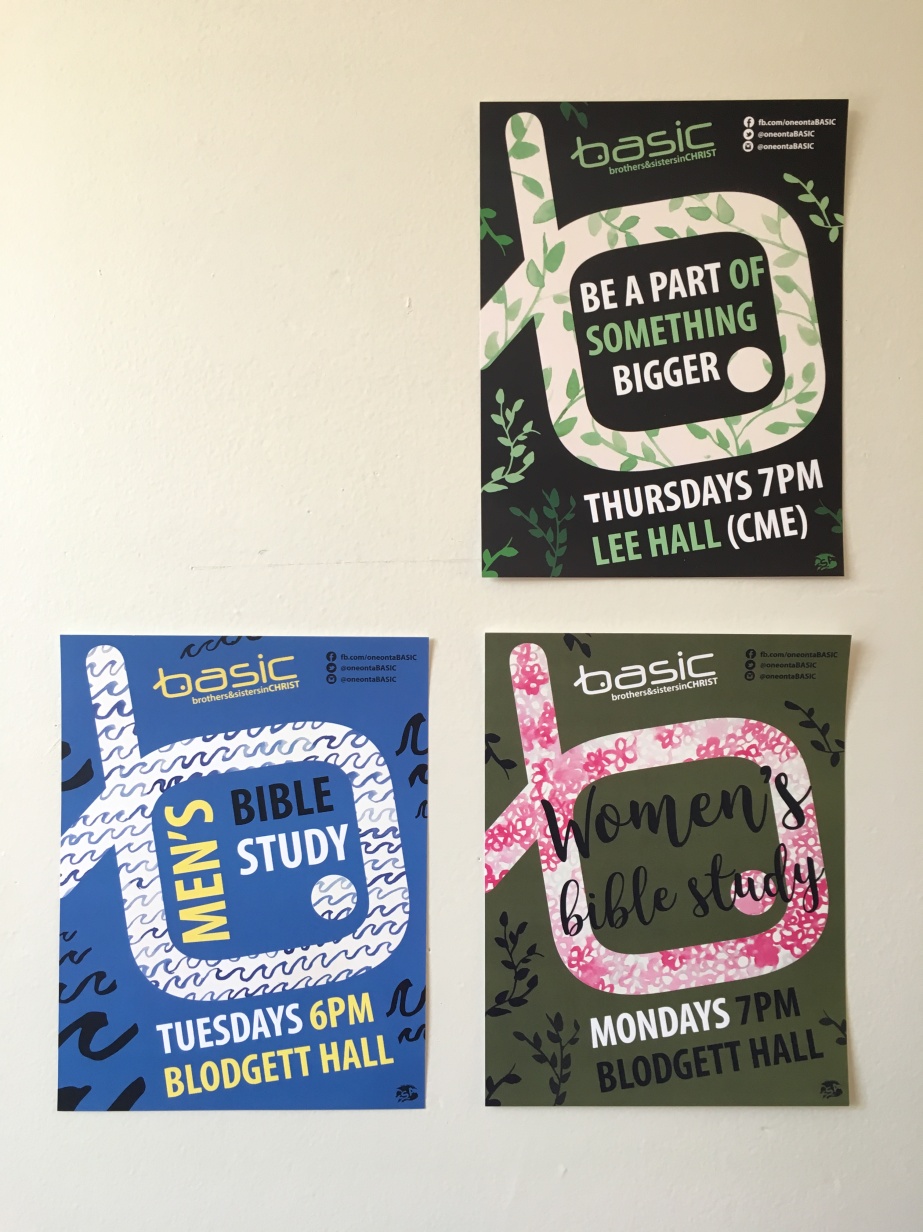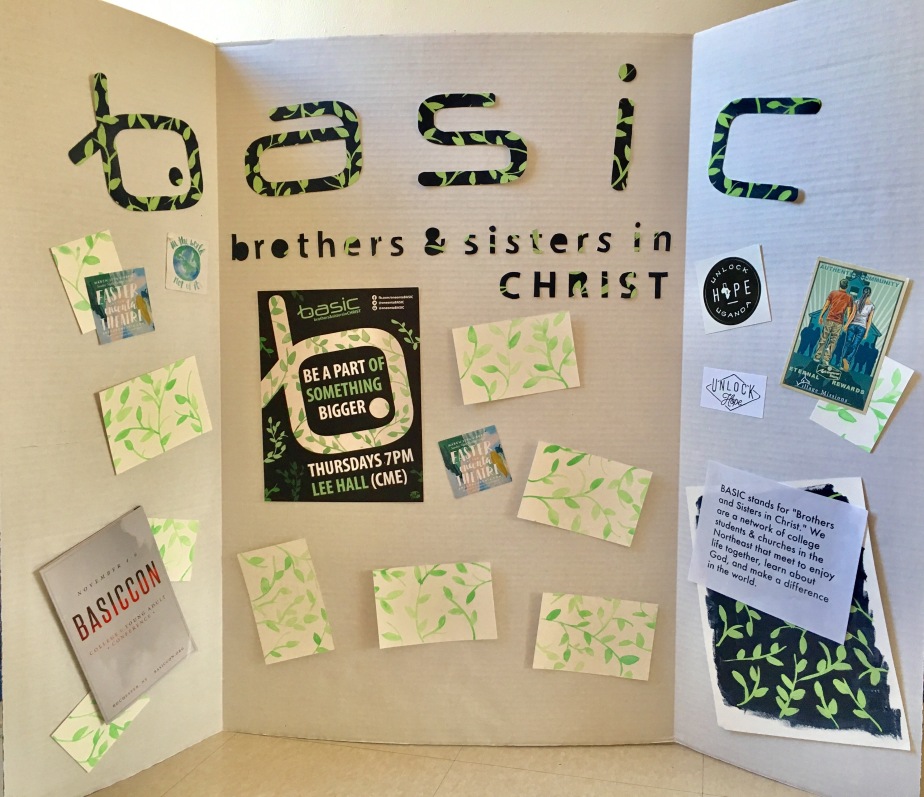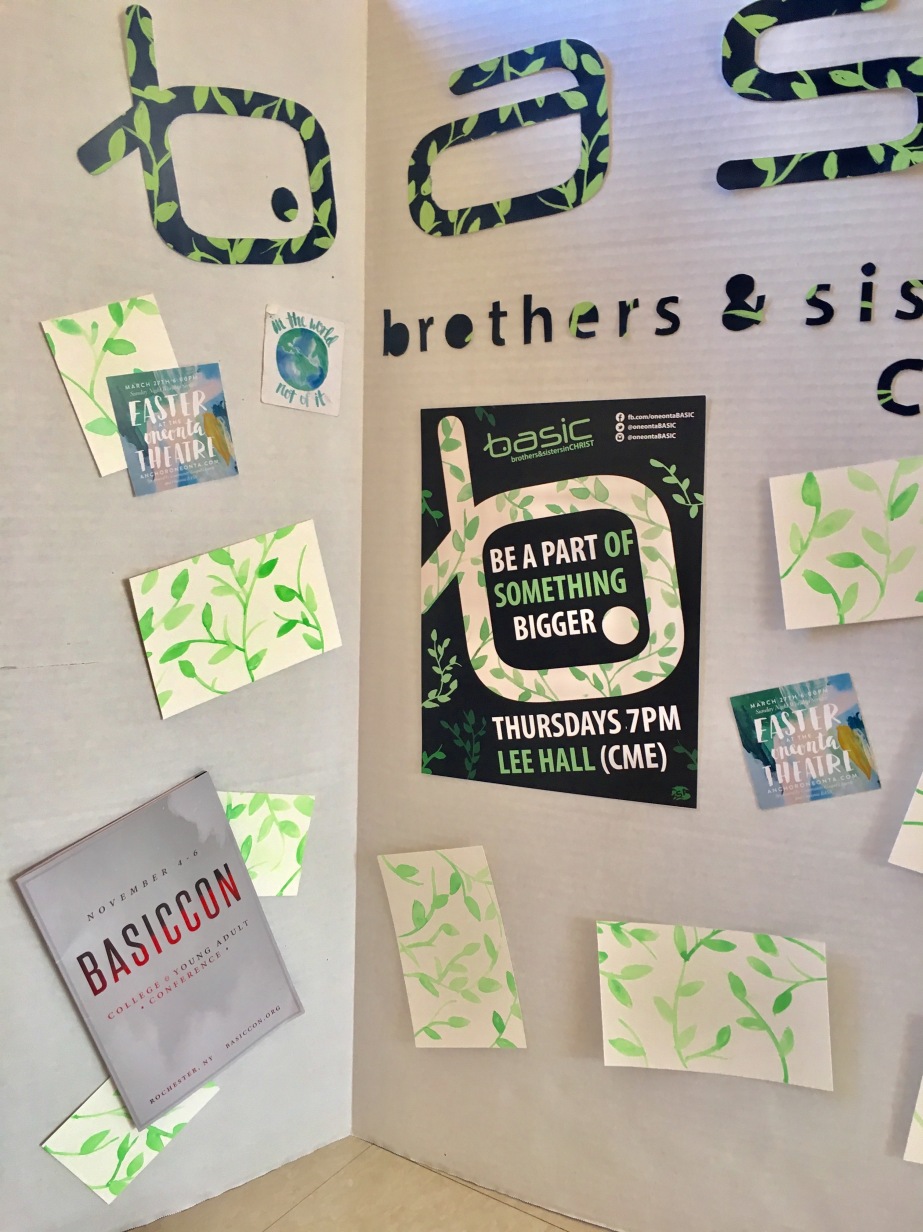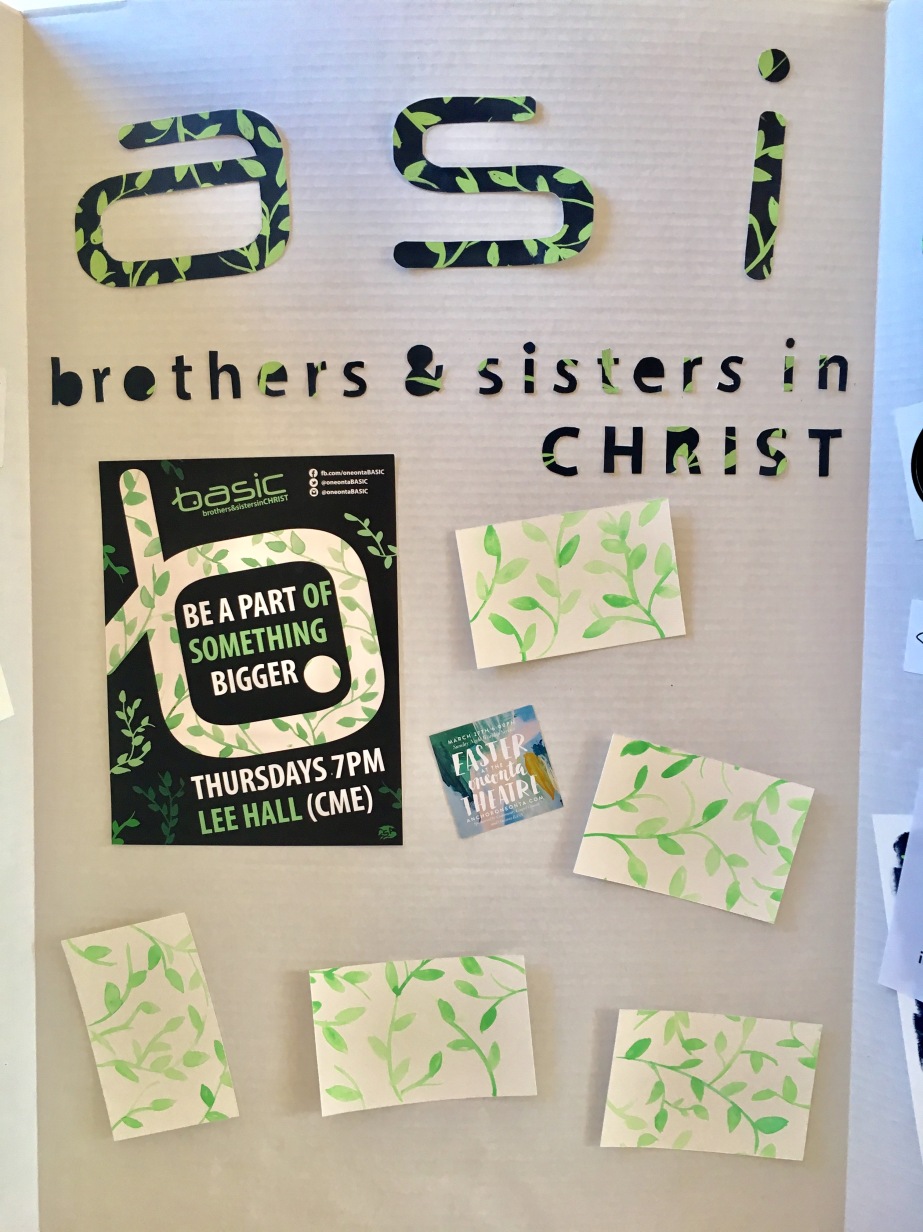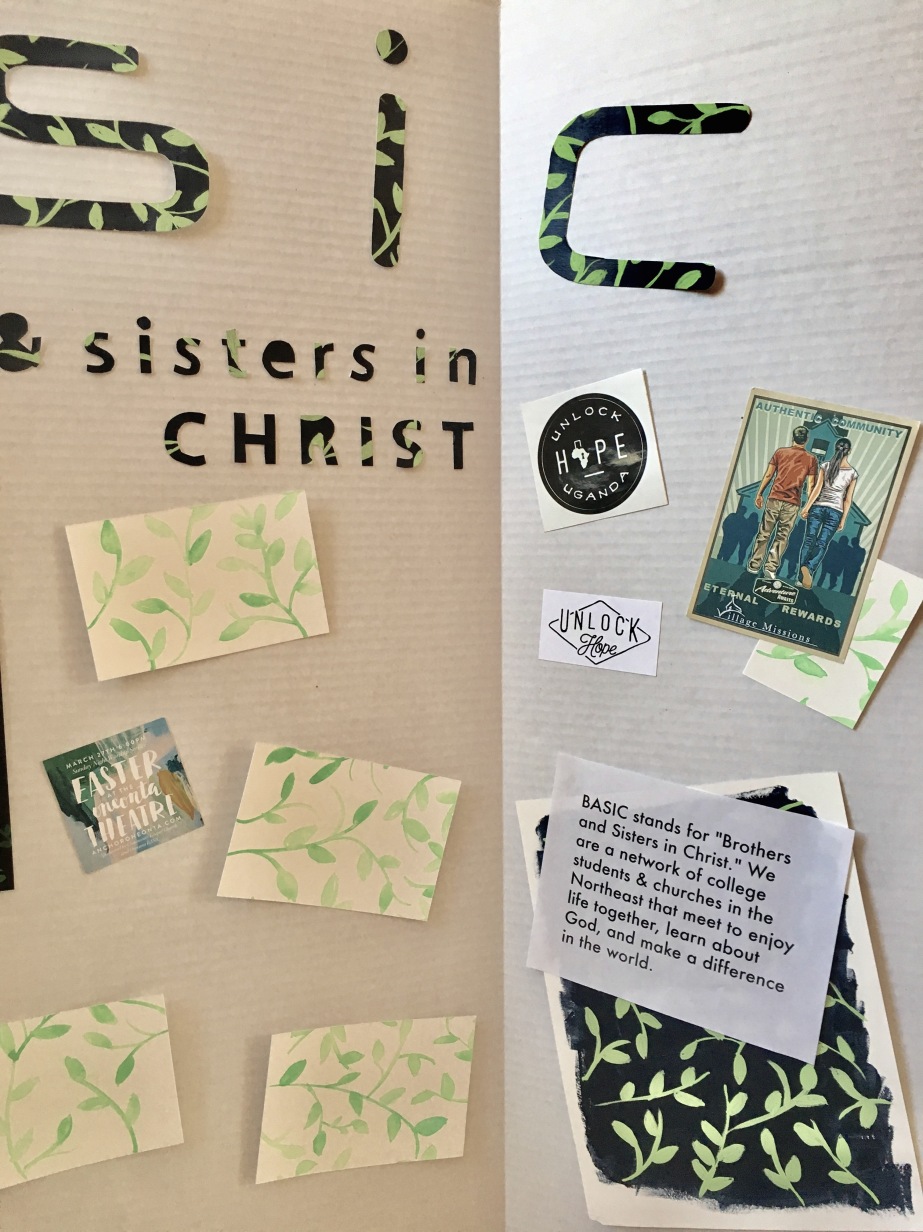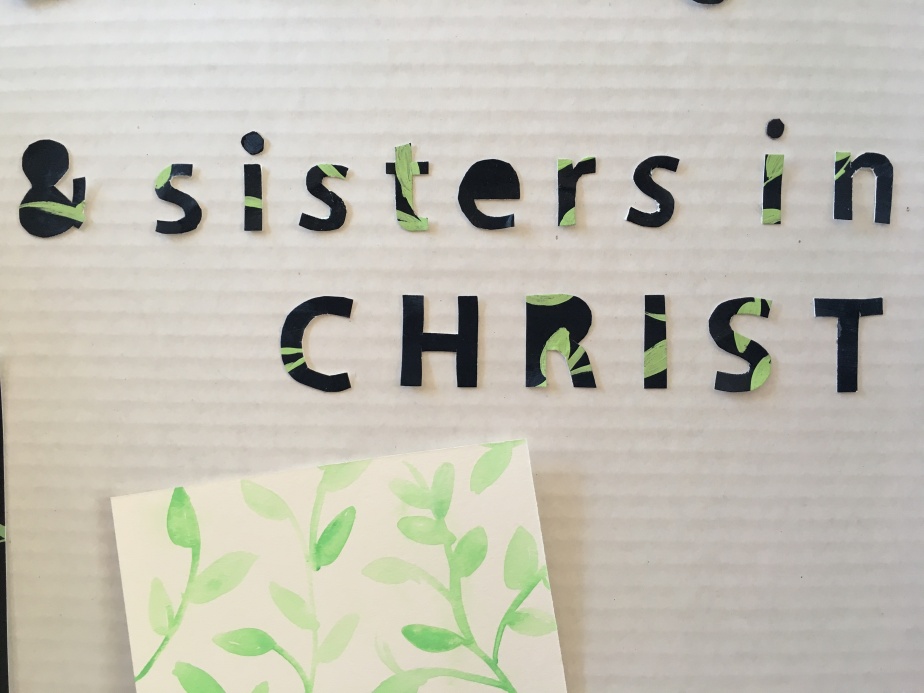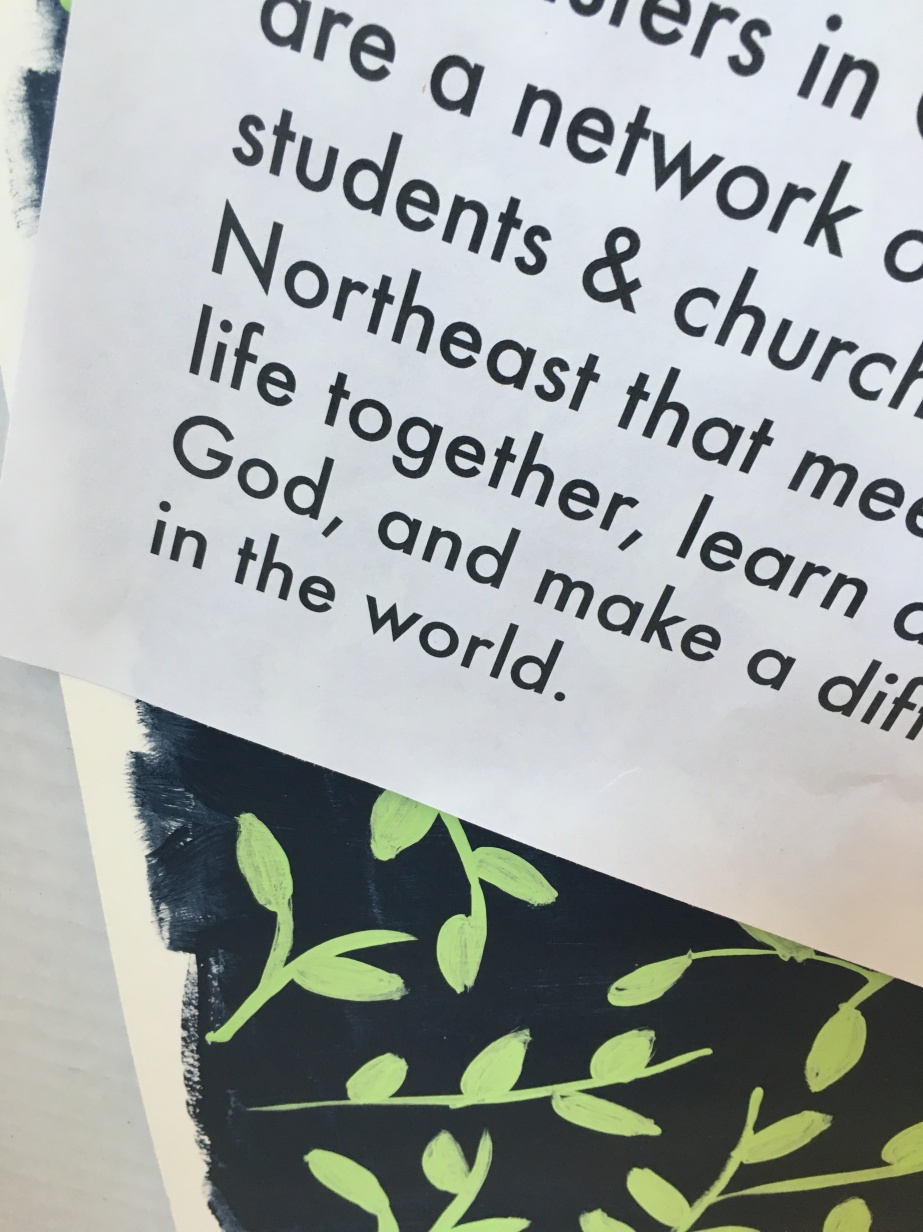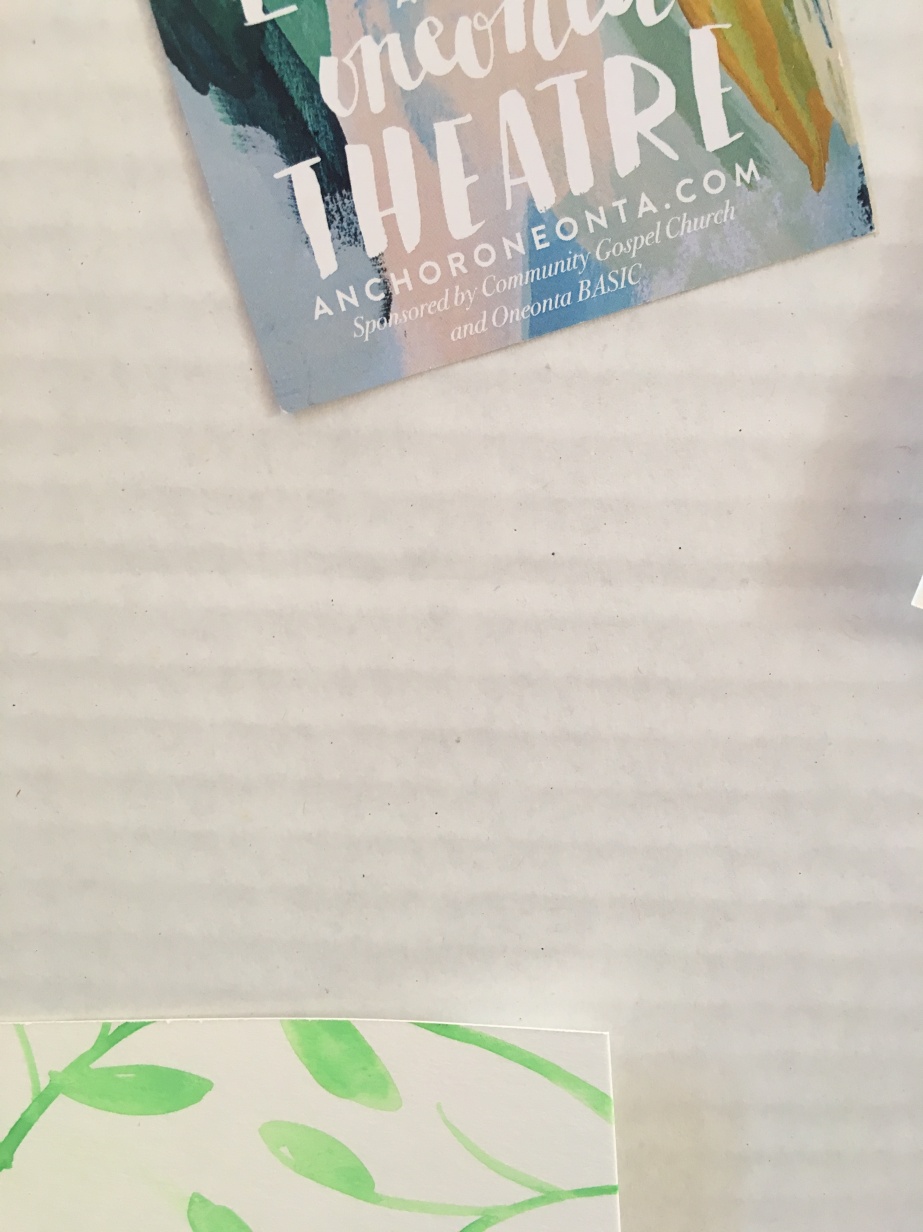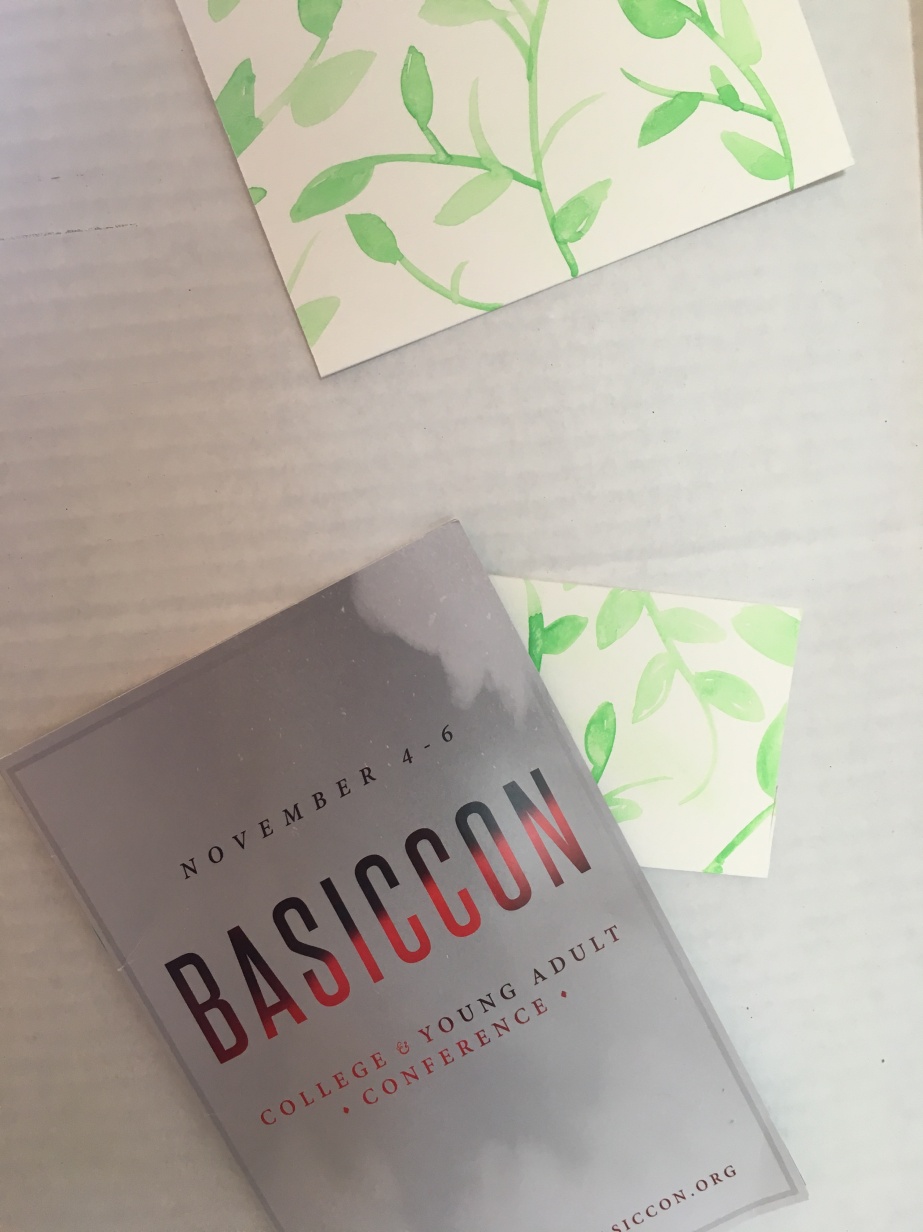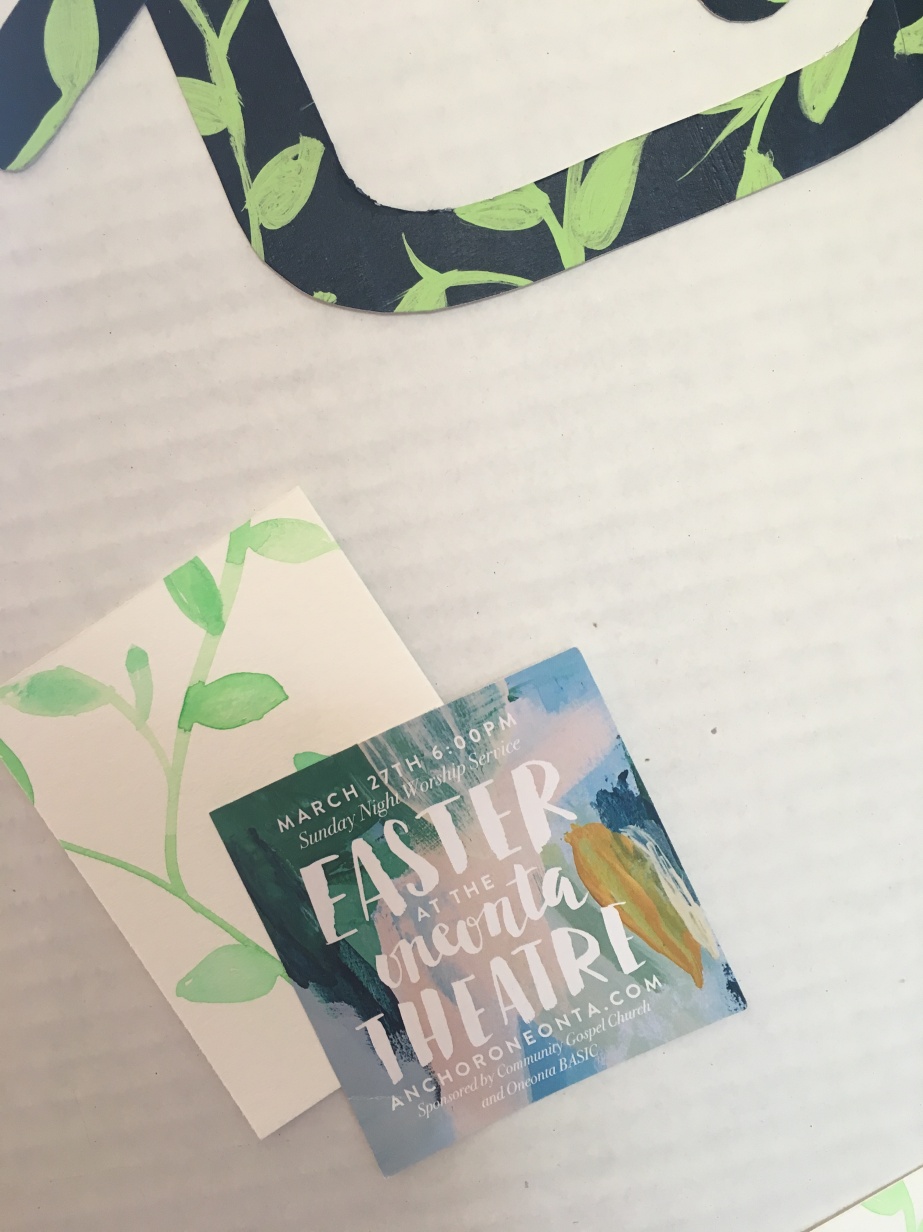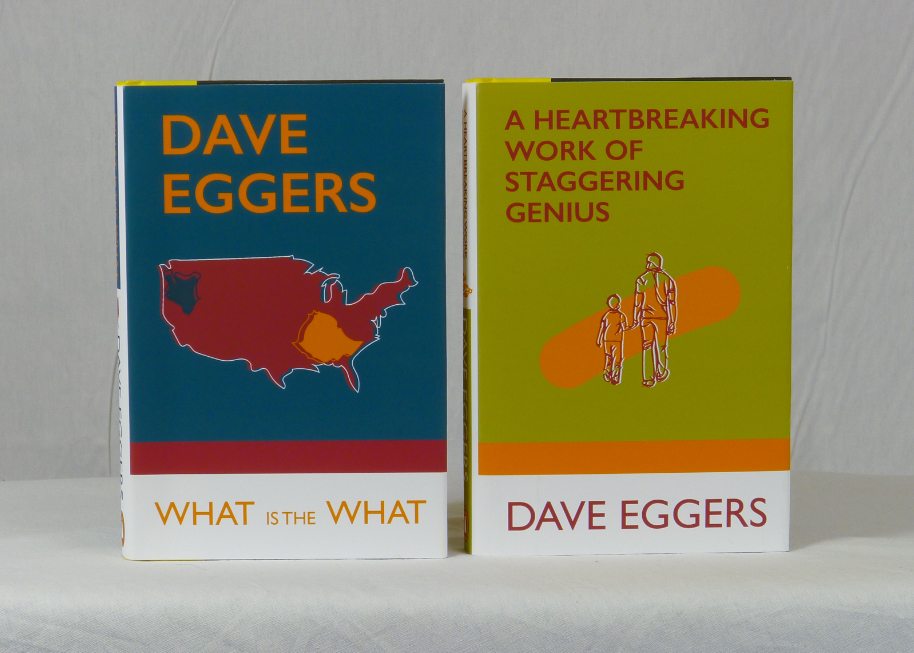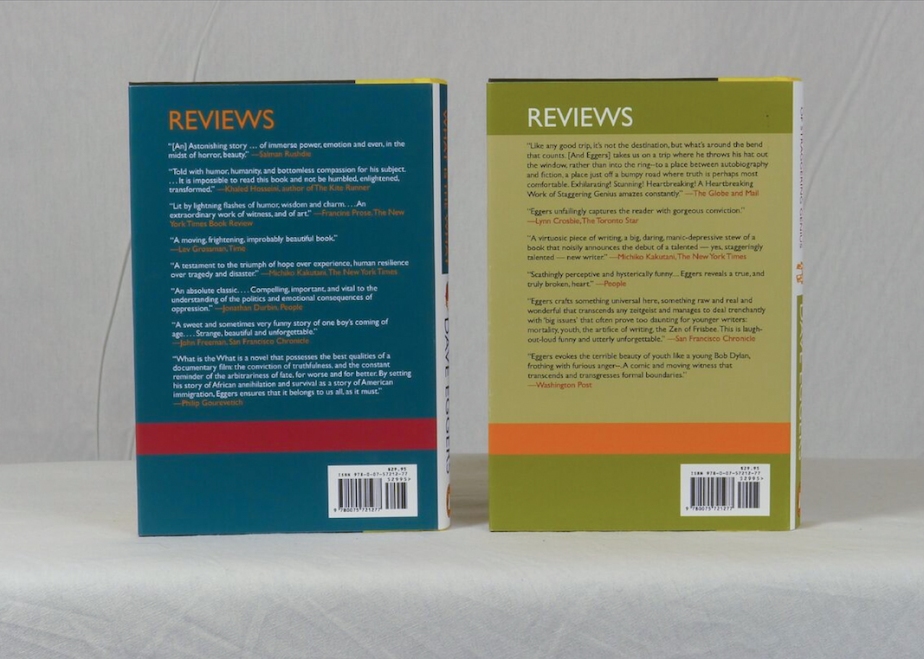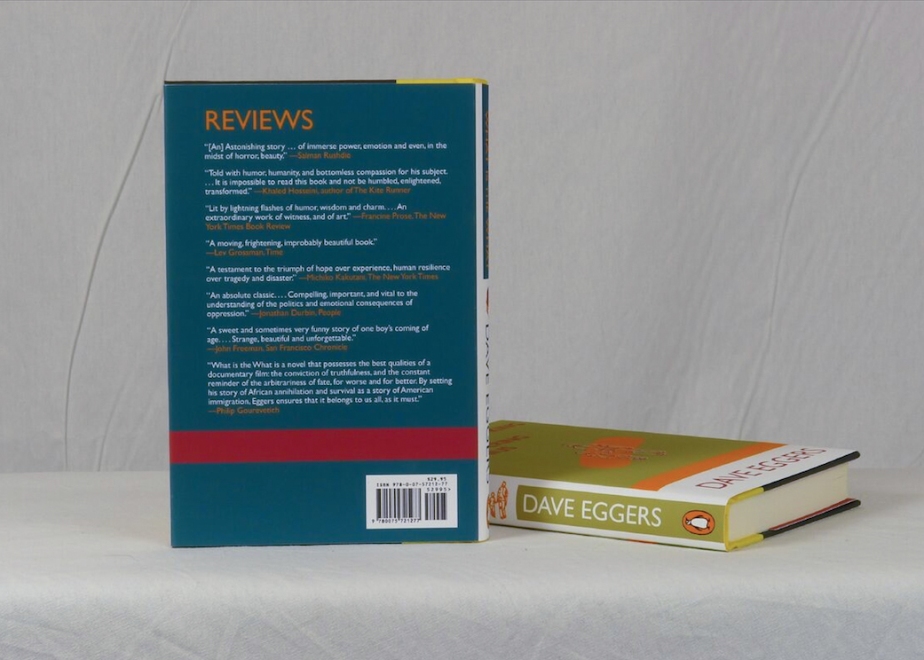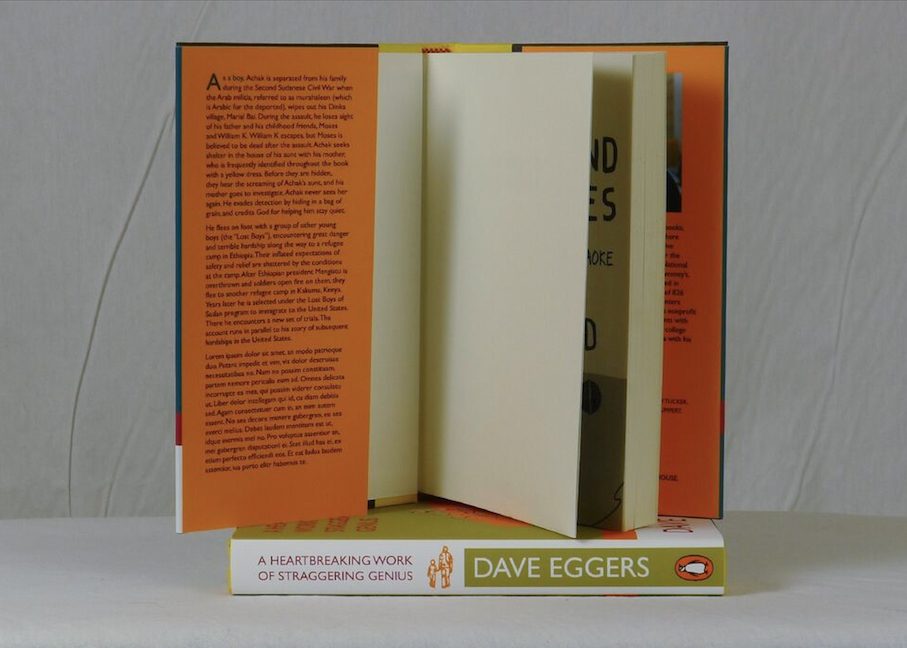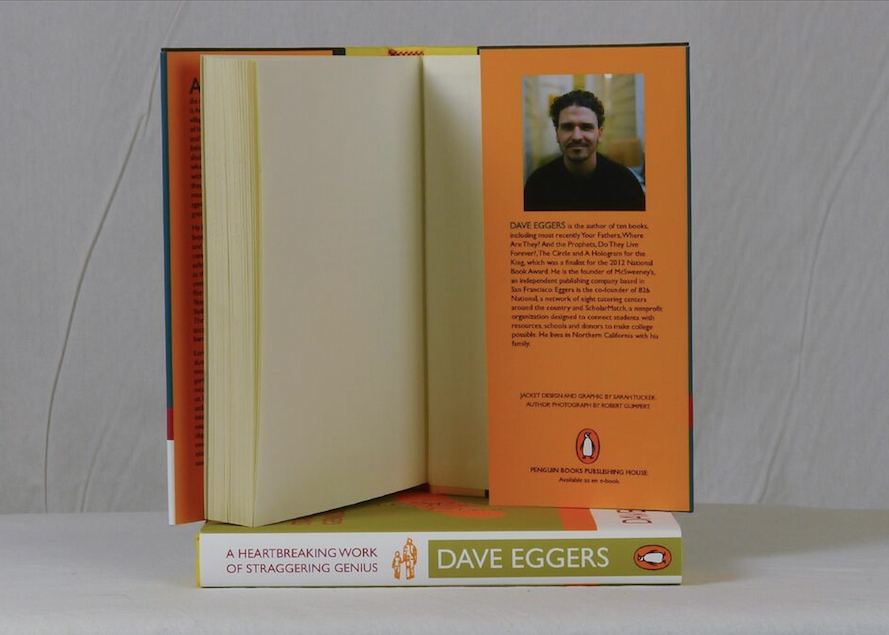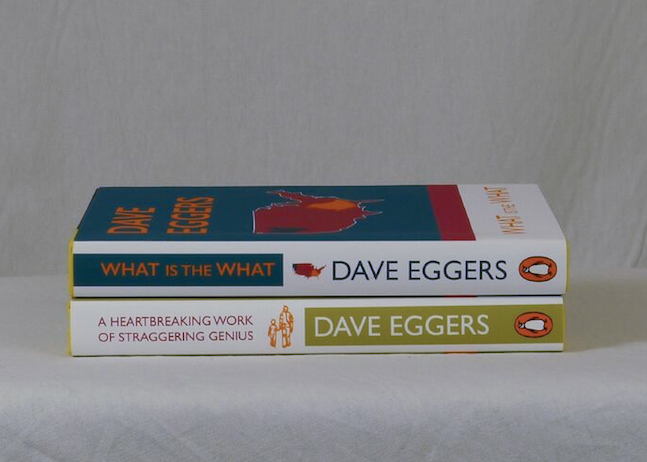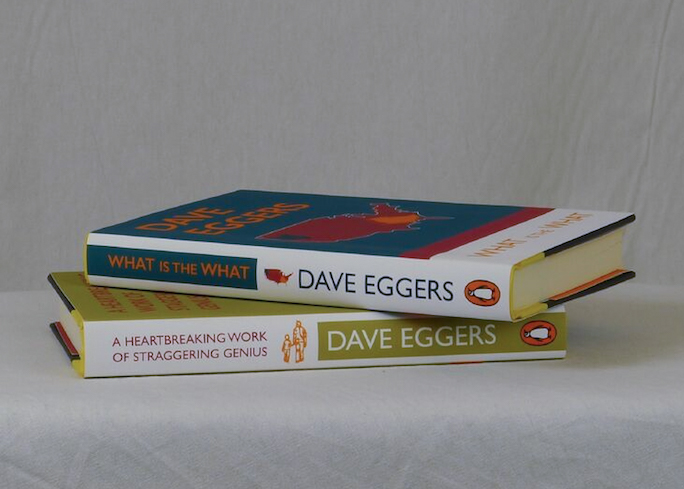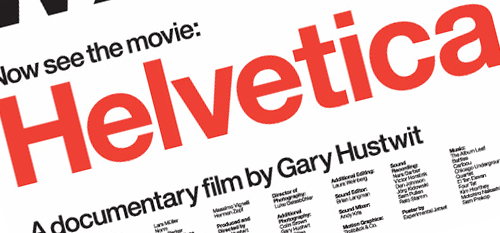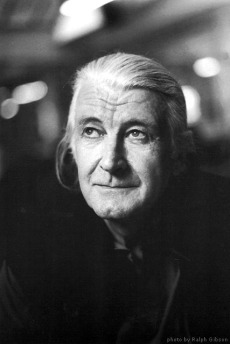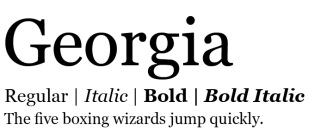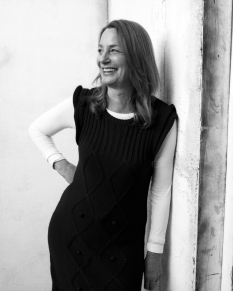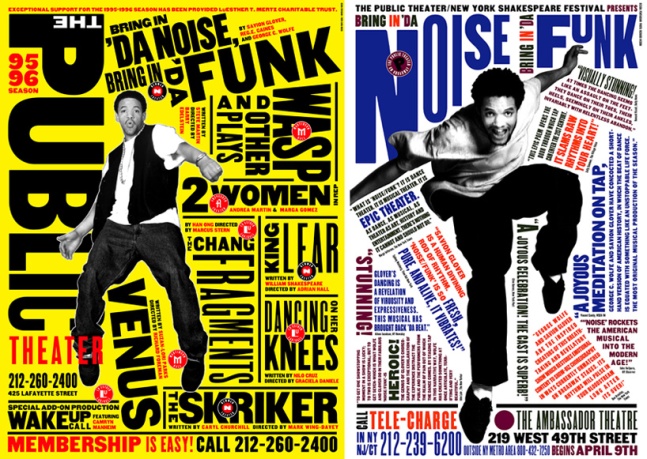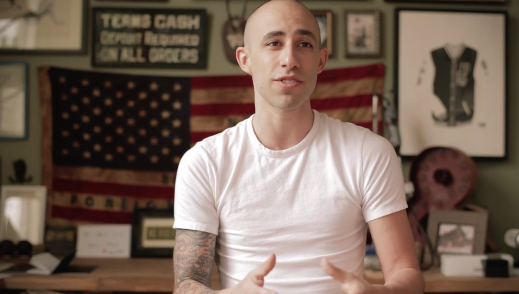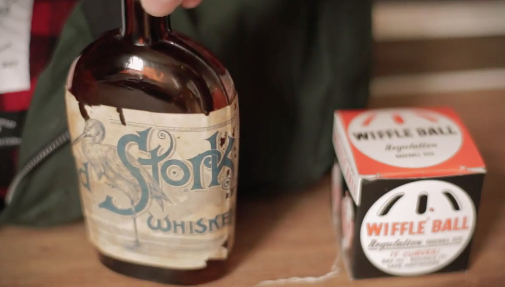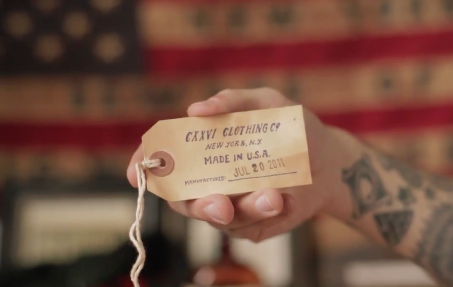In October, our class took a trip to Hannaford to do some research on packaging design. I was given the category of household goods, which includes lightbulbs, laundry/dishwasher products, sponges, matches, kitchen tools, etc. I decided to go with laundry products; more specifically: the Hannaford brand fabric softener sheets.
Here are the questions I answered about the product at the store:
1a. What are the products they are shelved with? What is the packaging of these products like? What do they have in common. Is there a general personality for these products? Do you see certain elements or motifs repeated amongst the products?
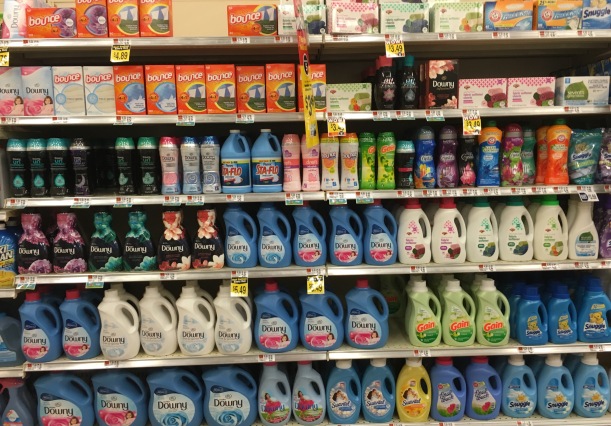
The Hannaford fabric softener sheets are shelved with other fabric softener sheets, and places on shelves above liquid fabric softeners. generally, the packaging for these products use bright colors and bold text: blue, orange, pink, yellow, and green. A lot of these products either a soft, or bold personality. The downy products all feel very soft, like you would want your clothes to be. The gain and bounce products feel a little more bold and in your face, due to the bright orange. A lot of these products have flowers on their packaging: the Downy Infusions, the Bounce Dryer sheets on the top shelf, and one of the products on the bottom shelf in the right hand corner.
1b. Amongst the products it is shelved with, which is the nicest example of packaging of this type of product? Is there a package there that is innovative and shows a greater emphasis on design?
The Downy Infusions Fabric Softener Sheets package is the best example of packaging of this type of product. The bright colors and bold lettering are the expected style for this kind of product, but I feel that the look is outdated and could use a change. The Downy Infusions products have a new and beautiful look to them, with the black background and the unique colors of the flowers. It’s inviting, and definitely will draw the eye of people who choose their products based on the prettiest design! The other Downy products are also better examples of how to package this product vs. Bounce and Hannaford and the other products. They use light blue and pink creating a soft feel for the product, which really shows what the product is meant for… making your clothes nice and soft and cozy. Hannaford’s fabric softener sheets are placed right next to this product on the shelf.
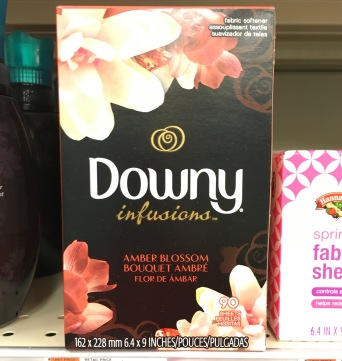
1c. Is there an established color scheme that consumers are familiar with for this type of product? (example: blue for some brands of pasta, red for others. Cleaning products extremely bright)
For the most part, laundry products a have bright colored packages. I saw a lot of blue, orange, pink, yellow, and green. The orange is definitely the brightest.
1d. What are the established branding conventions of the graphics that are too important to loose in a redesign?
All of the fabric softener sheets have the the same rectangular box size. So that is something that I kept the same in the redesign. The scent, weight, amount of sheets, and size are also important to display in the design. I kept the same information on the new design as was on the old design, and put the same information on the same flaps of the box, for majority of the information; while altering a few things.
1e. What typography conventions are used?
Sans serif type is most commonly used in these products. A lot of the products, like Bounce and Gain use bold, blocky lettering for the brand name. Downy uses a more toned down, type. The Downy Infusions product uses script, which I really enjoy looking at.
2. Is there a package that is engineered in a innovative and inspiring container. There are many new technologies being used in package design. (example: see enspired chocolate and soymamelle) Make notes.
The Downy Infusions bottle has a very unique shape compared to the other Downy and Gain products. The dryer sheets all use the same style box.
3. Is it an areas of consumer goods that seems to be embracing new and innovative packaging?
Downy Infusions is using a new and innovative packaging style. The colors are very different and unique. It’s a very modern style that is appealing to younger people It is much more beautiful than the other designs, it almost reminds me of a wedding invitation, with the script type and the flowers.
4. Is there an example that seems to be stuck in an older era of packaging and needs new design?
The Hannaford brand is rather boring and bland. It is simple text with the image of the colored towels. I feel that so much more could be done with this product to make it more appealing to the customer.
5. How many different substrates (material the package is made of) can you notice?
All of the fabric softener sheet boxes are made out of a thin cardboard material.
6. How many different specialty printing methods (foil, embossed, debossed) can you notice?
I didn’t see any foil, embossing, or debossing on any of these products. They do all have perforated edges where the box is opened.
